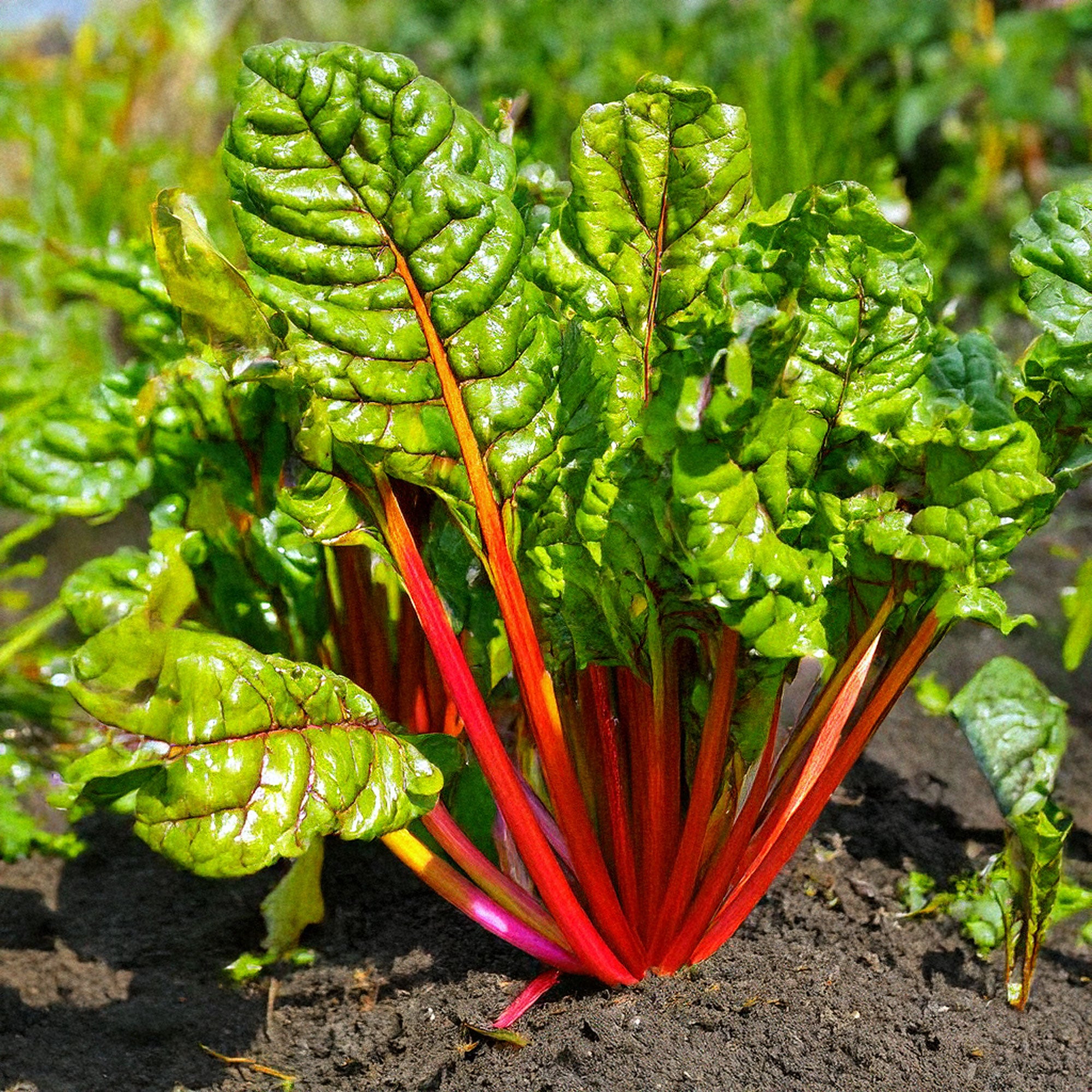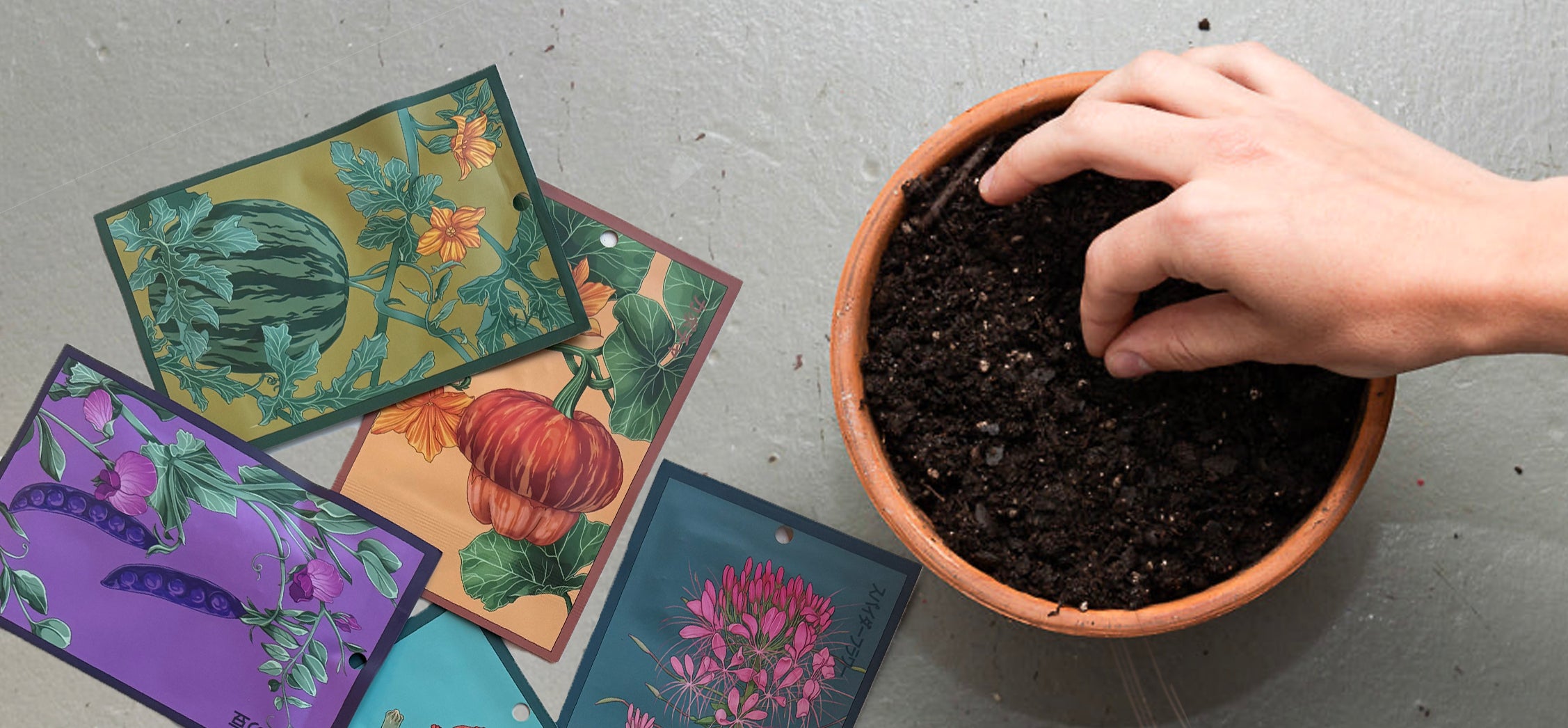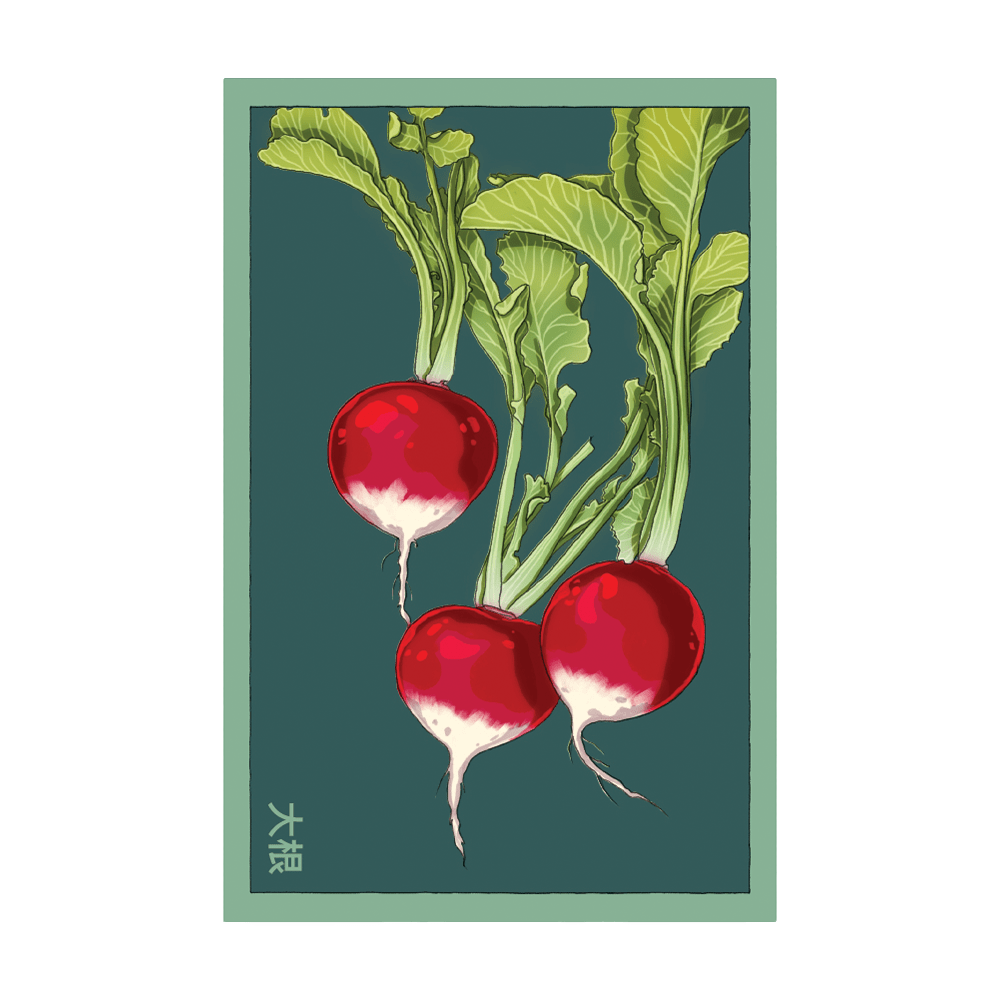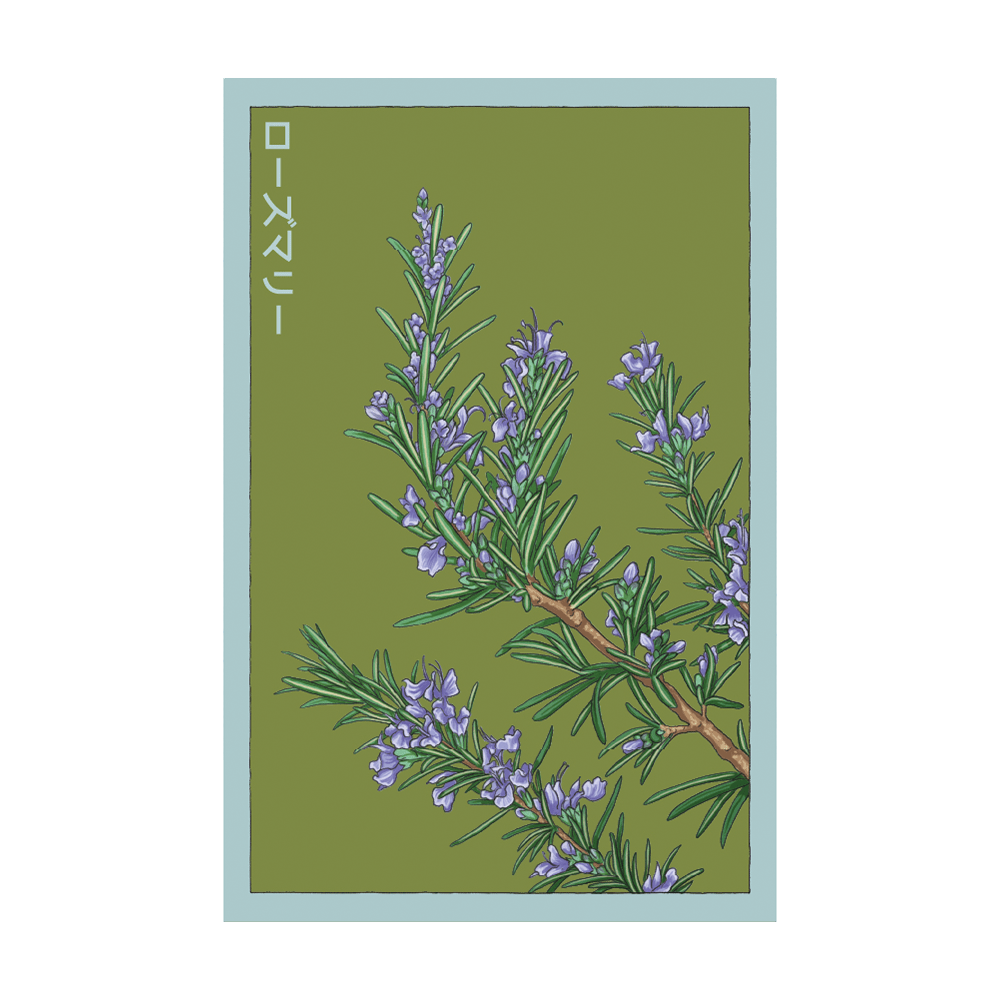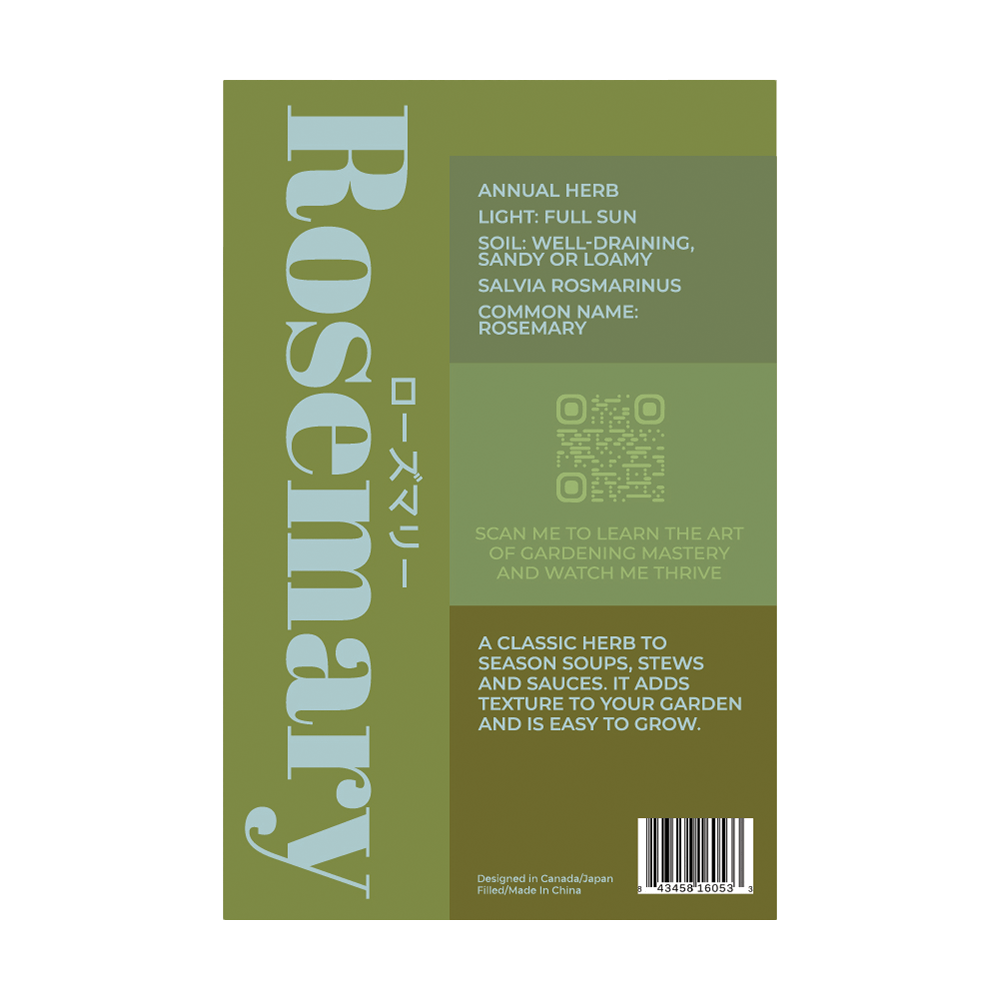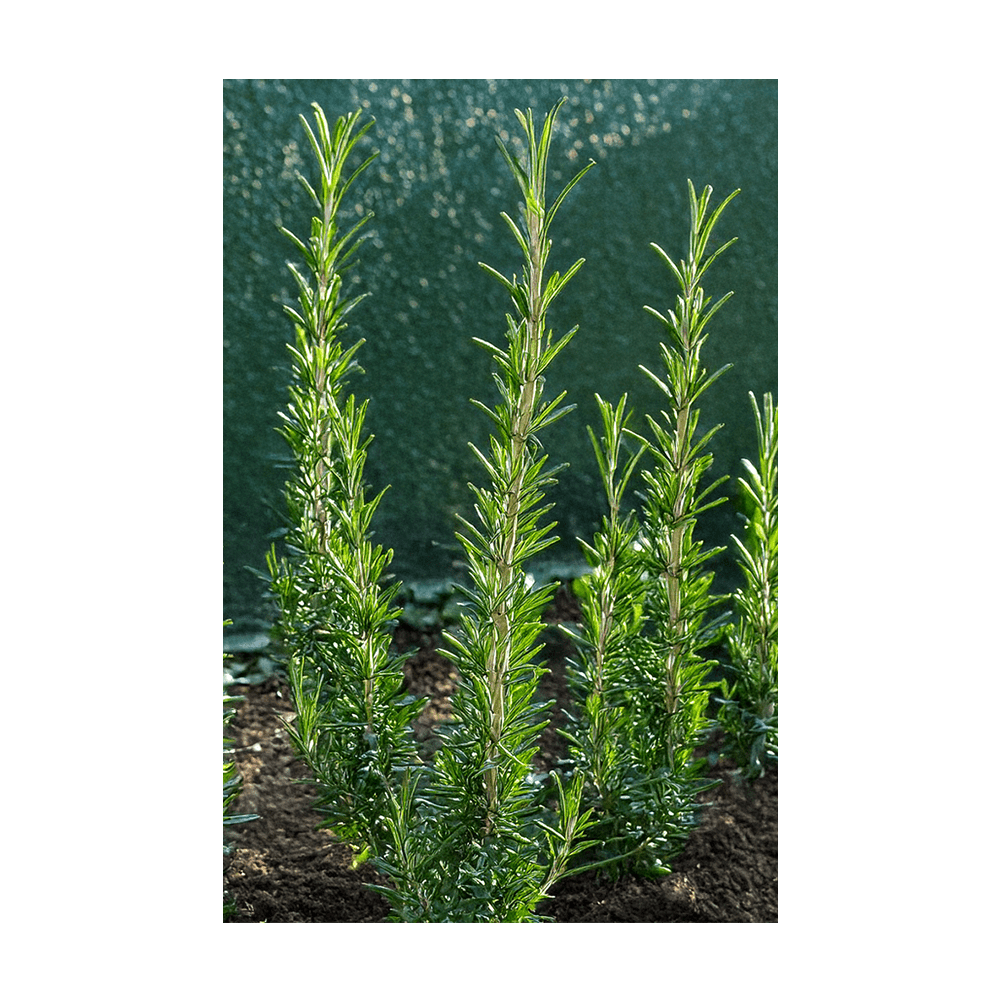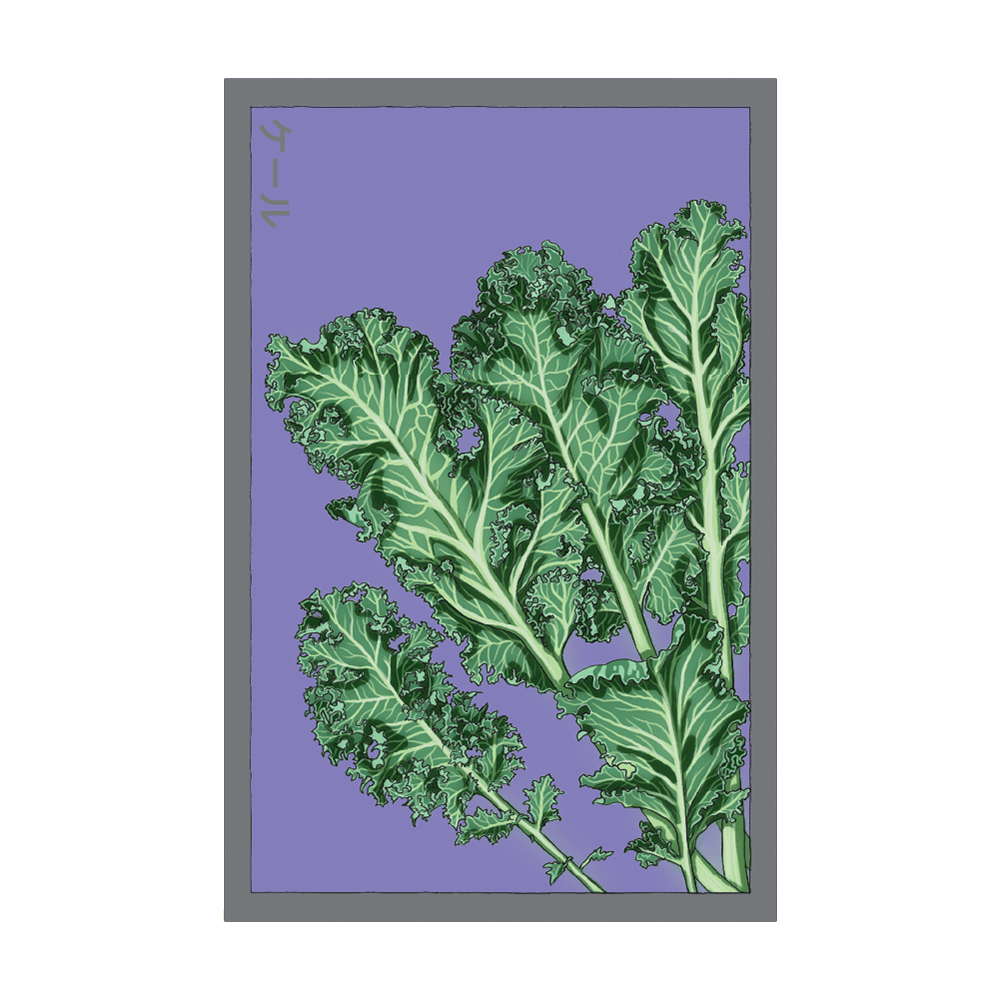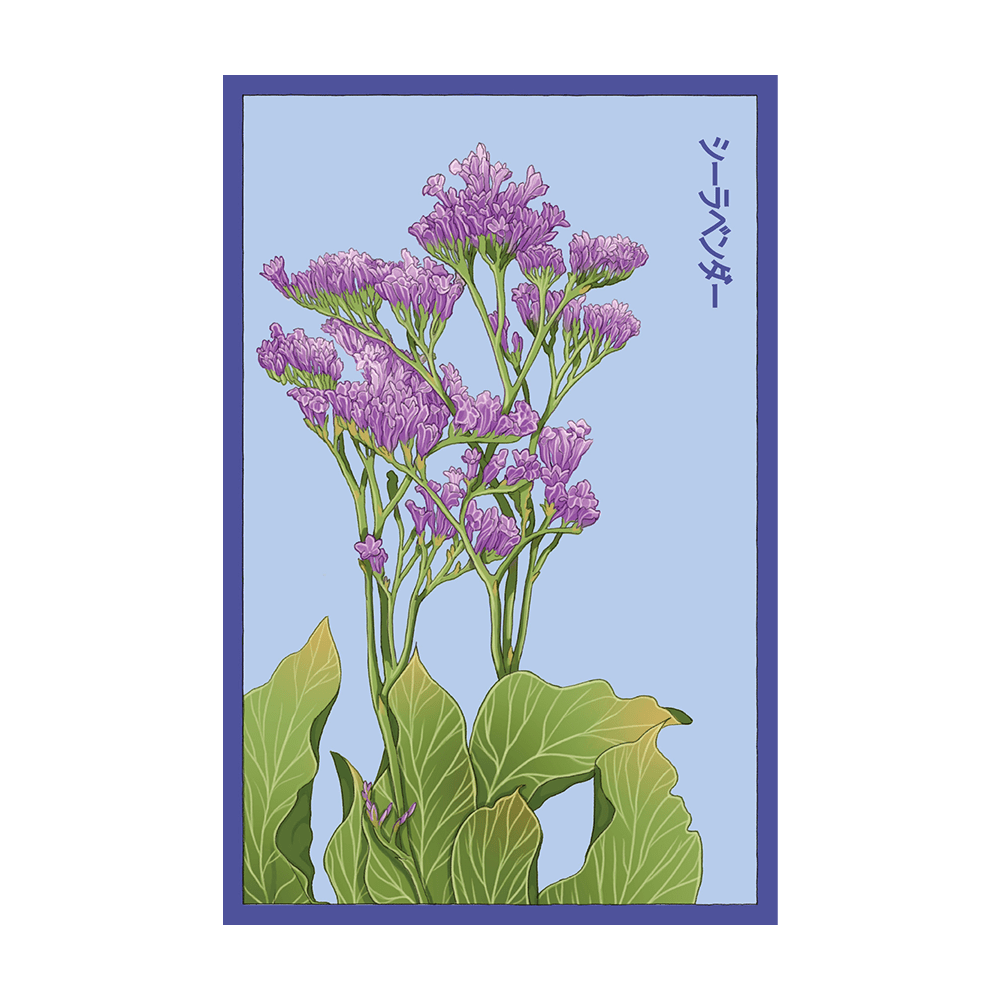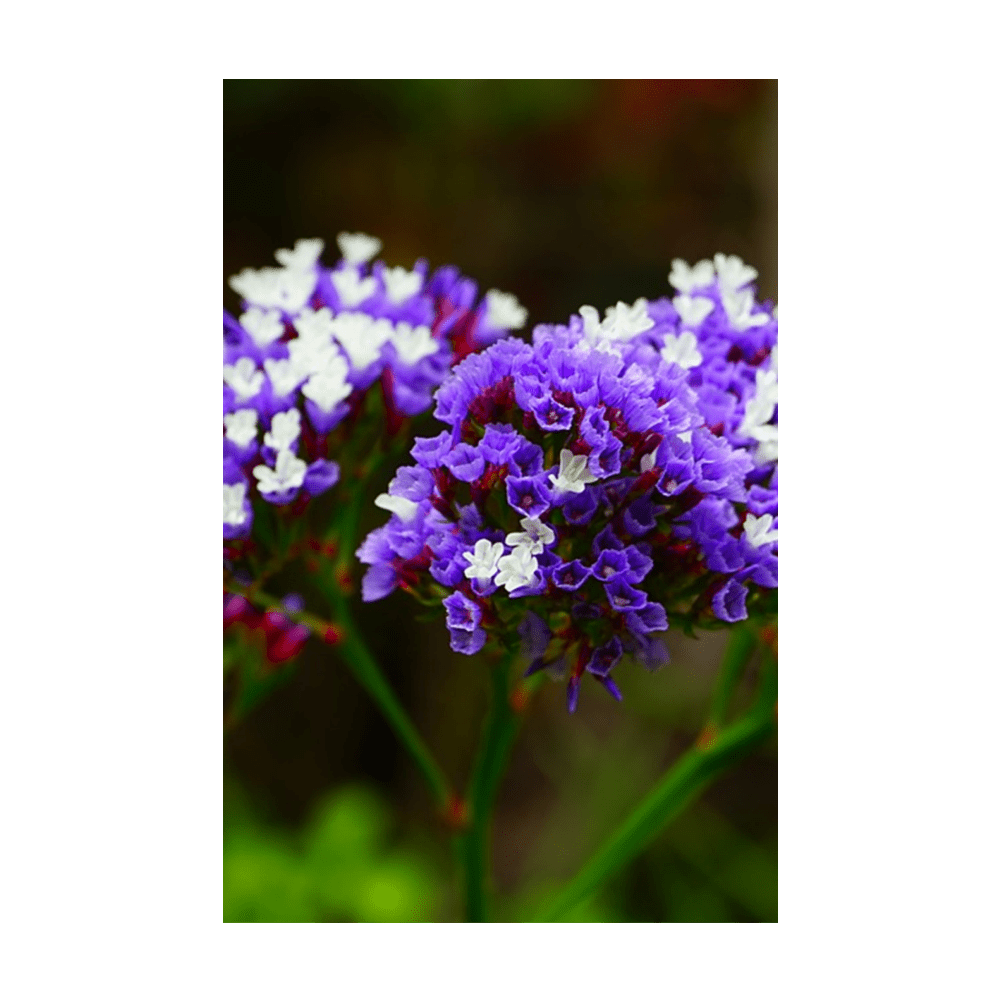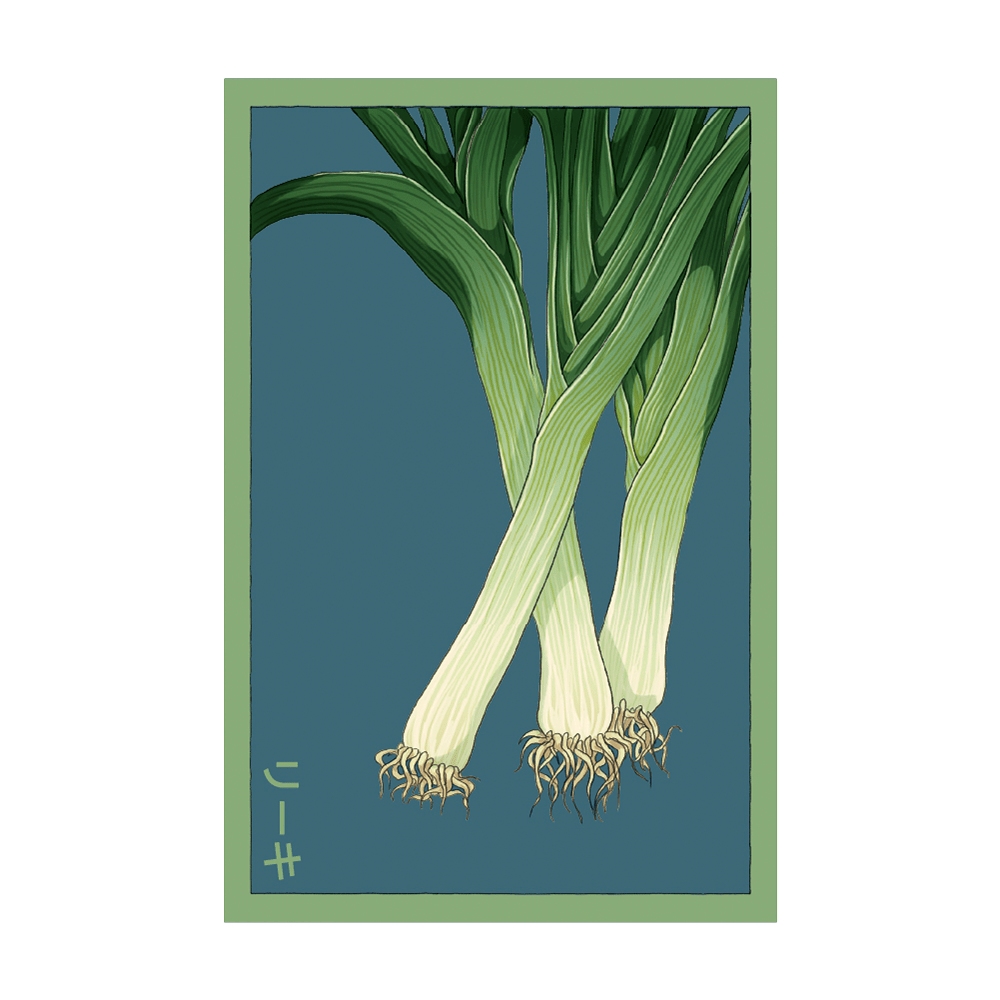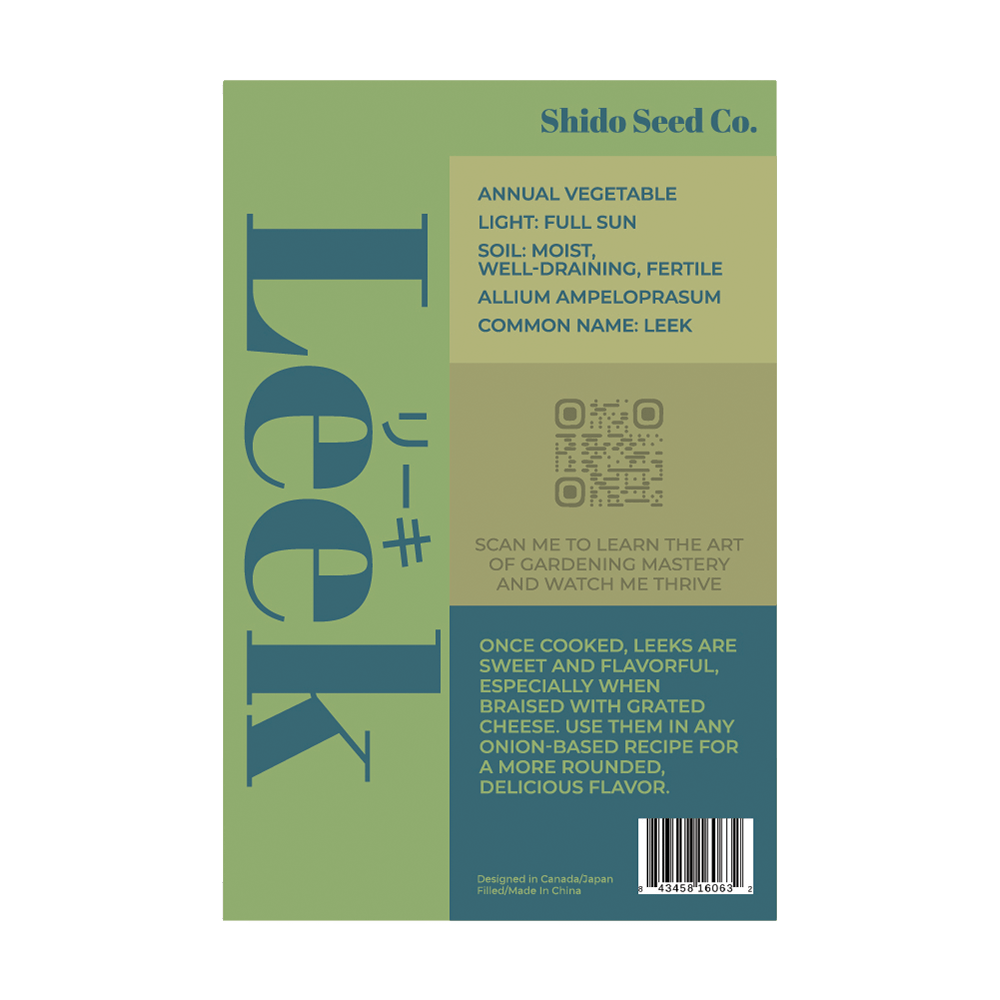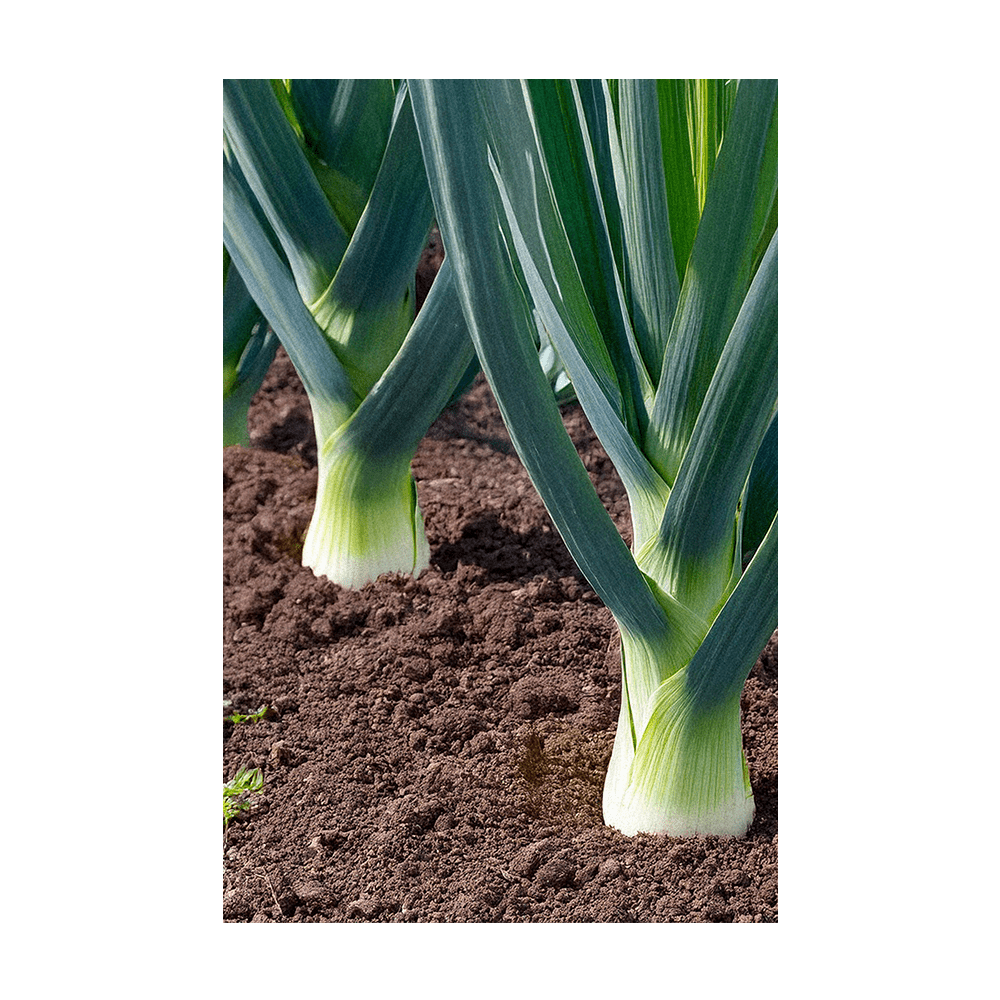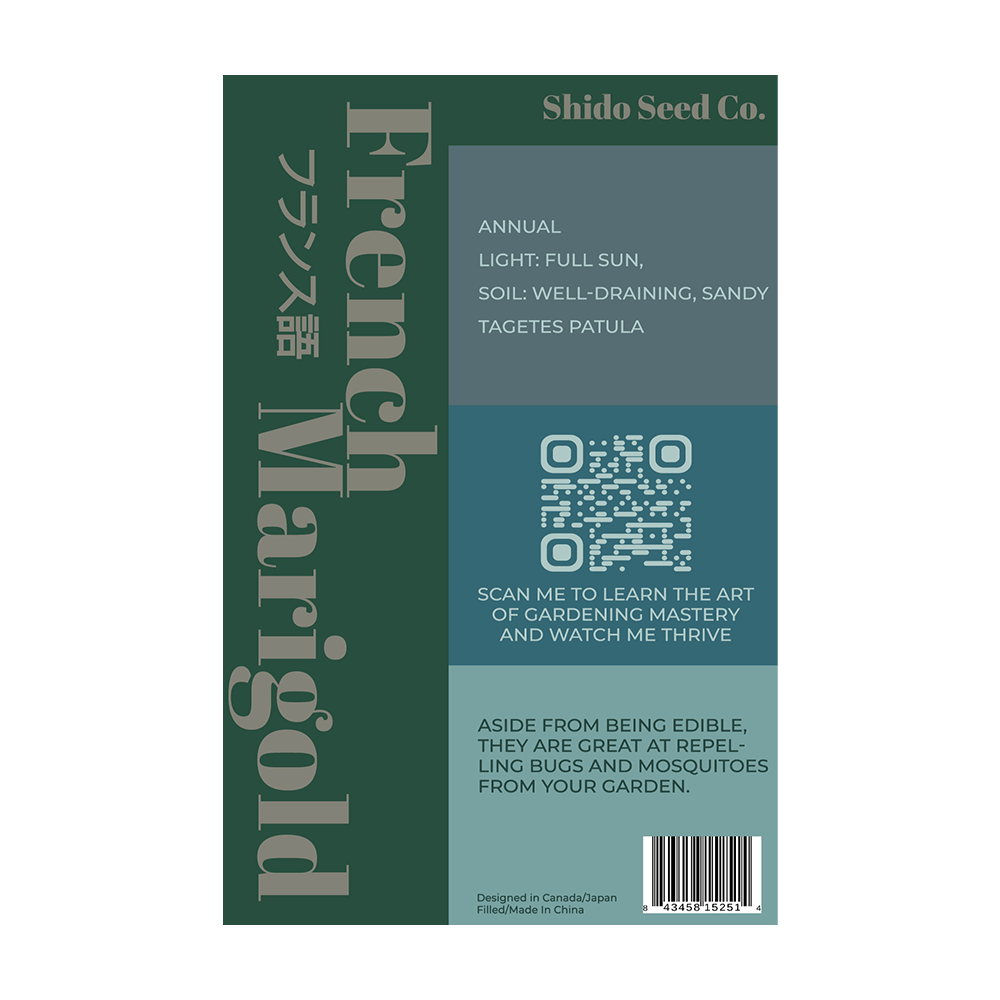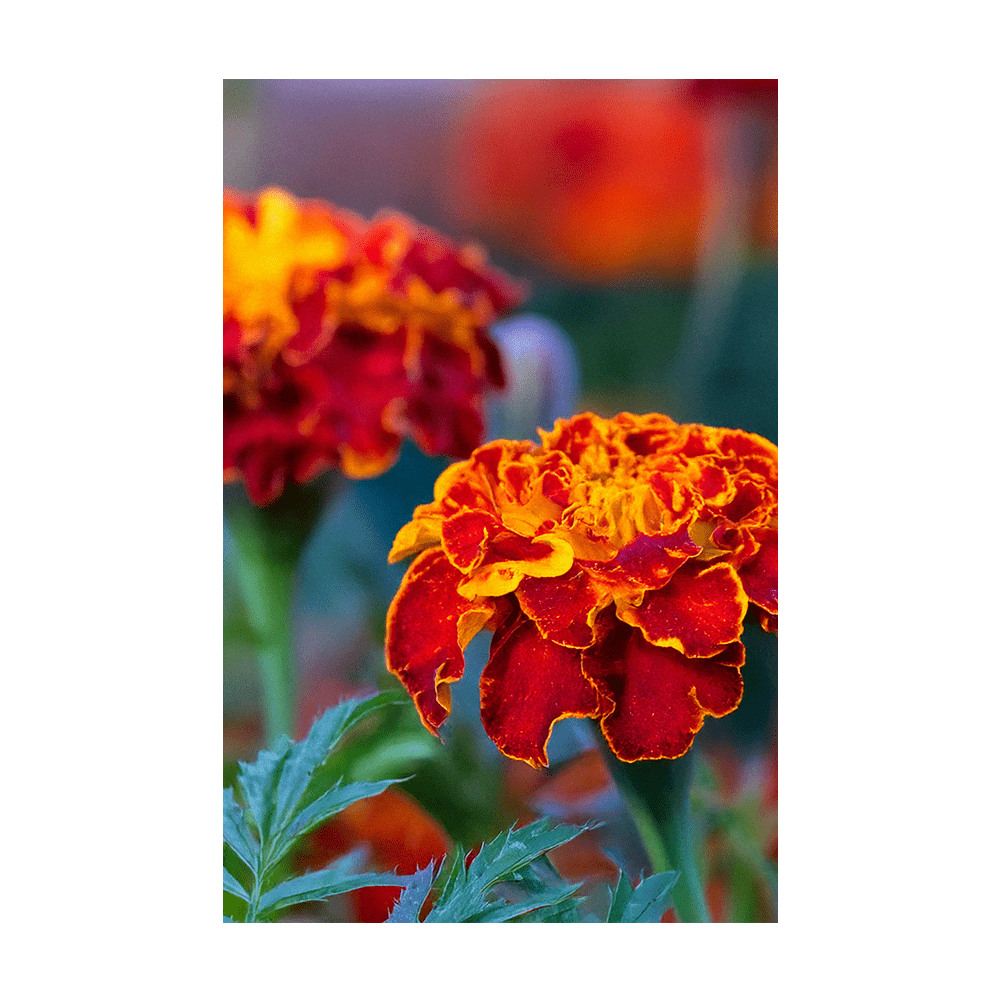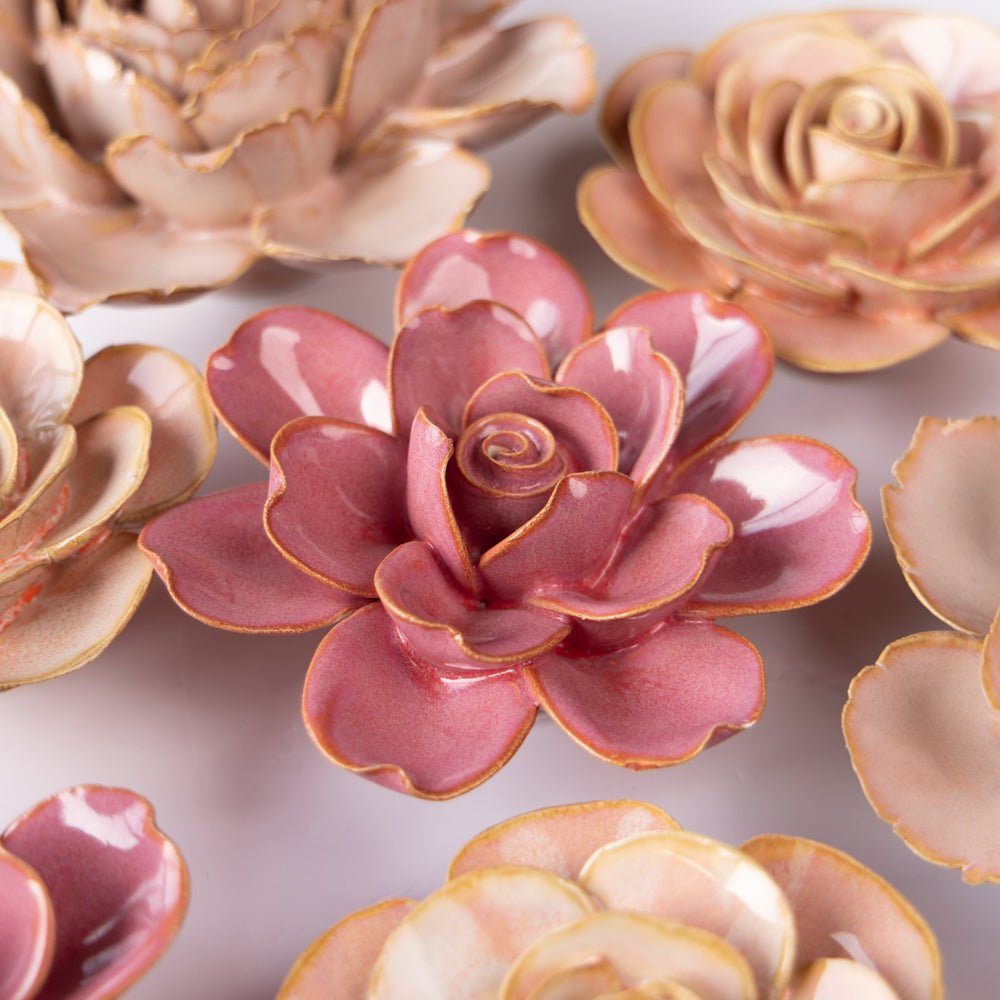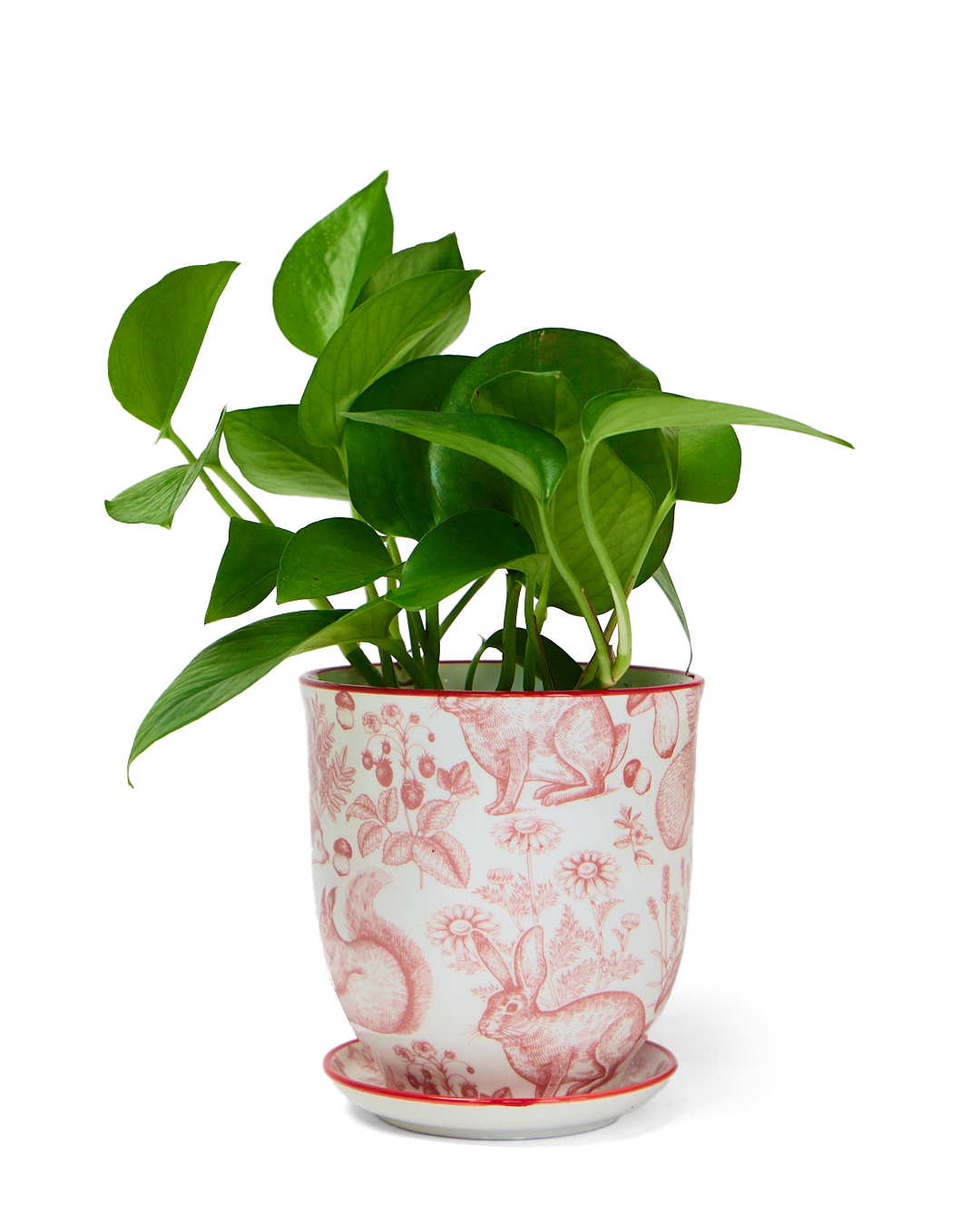Rainbow Chard Vegetable Seeds Packet
£4.25
Unit price
/
Unavailable
Rainbow chard (Beta vulgaris subsp. cicla) is a vibrant and nutritious leafy green vegetable prized for its colorful stems, ranging from red and orange to yellow and pink. A member of the beet family, chard is easy to grow and provides a continuous harvest throughout the growing season. Its tender leaves and crunchy stems are packed with vitamins A, C, and K, making it a valuable addition to any vegetable garden. Rainbow chard is a versatile, colorful, and nutritious leafy green that thrives in various climates. Easy to grow and maintain, it provides a long-lasting harvest with minimal effort. Whether grown in garden beds or containers, rainbow chard is an excellent addition to any home garden.
We stand by the quality of our flower seed packets! With high germination rates and vibrant blooms, your garden is sure to flourish. If you're not completely satisfied, we’ll replace or refund—guaranteed!
Rainbow Chard Vegetable Seeds Packet
Why Shido Seeds Are the Best
Our flower and vegetable seeds are beautifully packaged little packets of magic. Guaranteed to turn your garden into the envy of the neighborhood. Get your hands dirty and let nature simply do its thing.
When to Plant Seeds
Seed Preparation
Sowing Seeds
Transplanting Seedlings
Pro Tip
